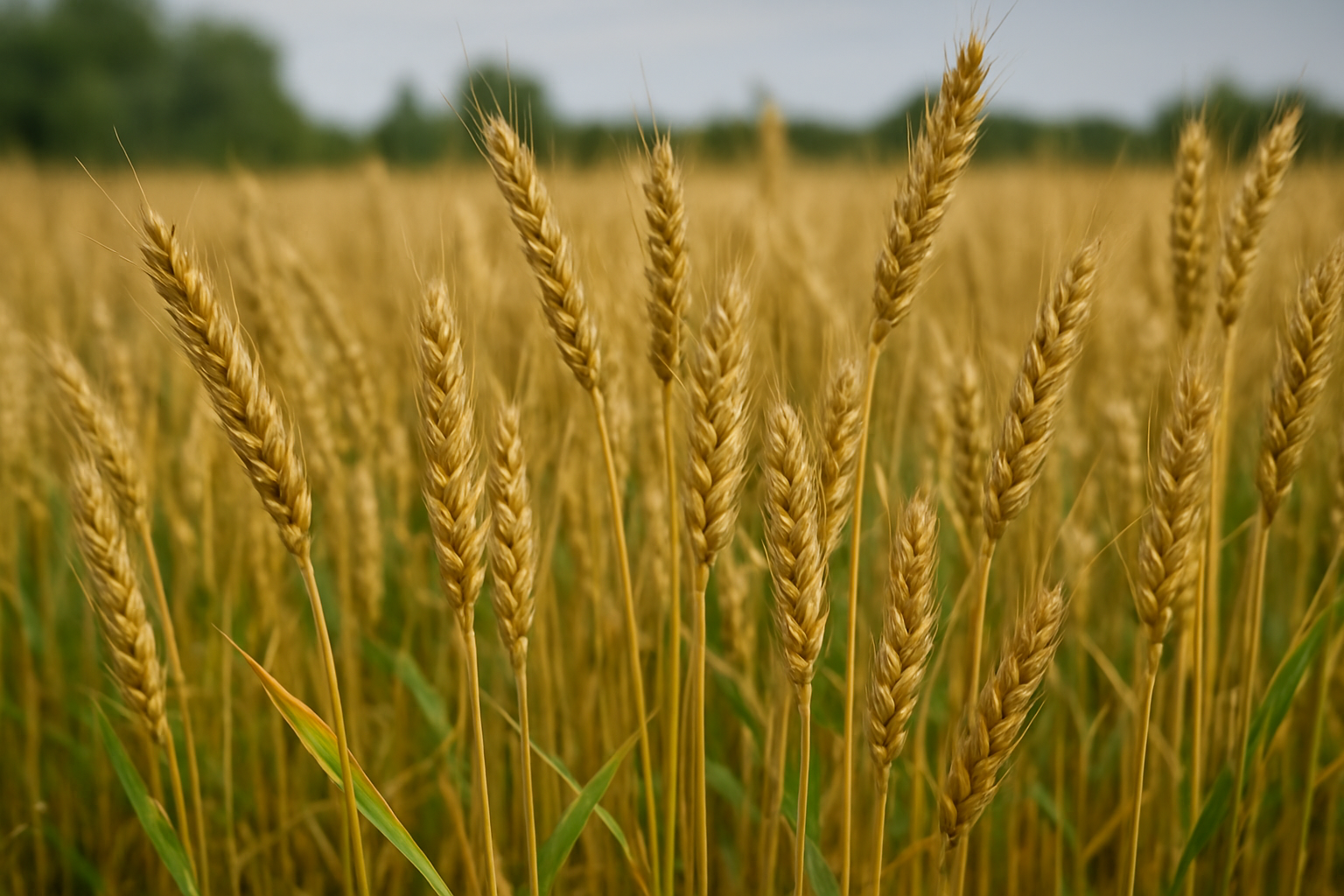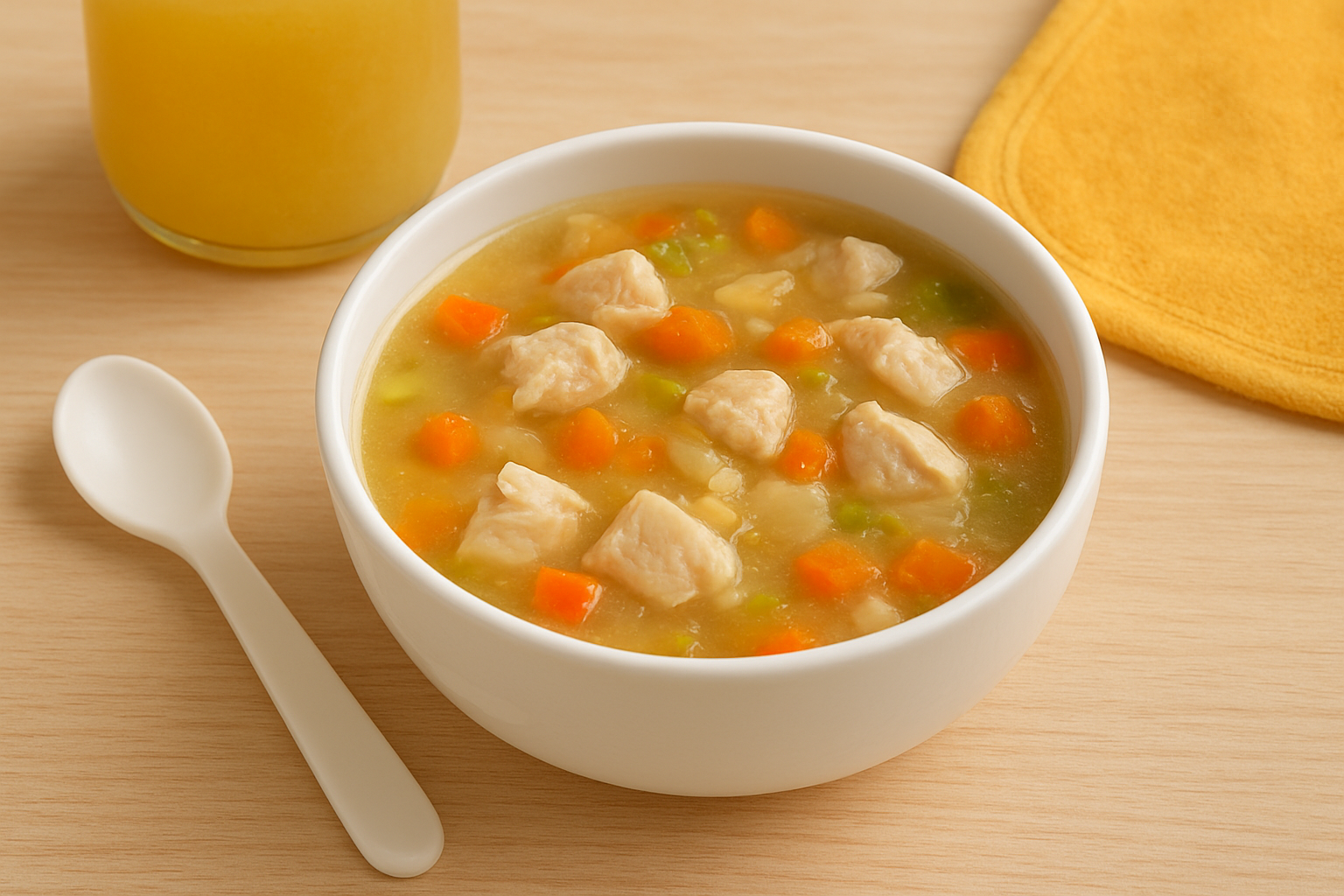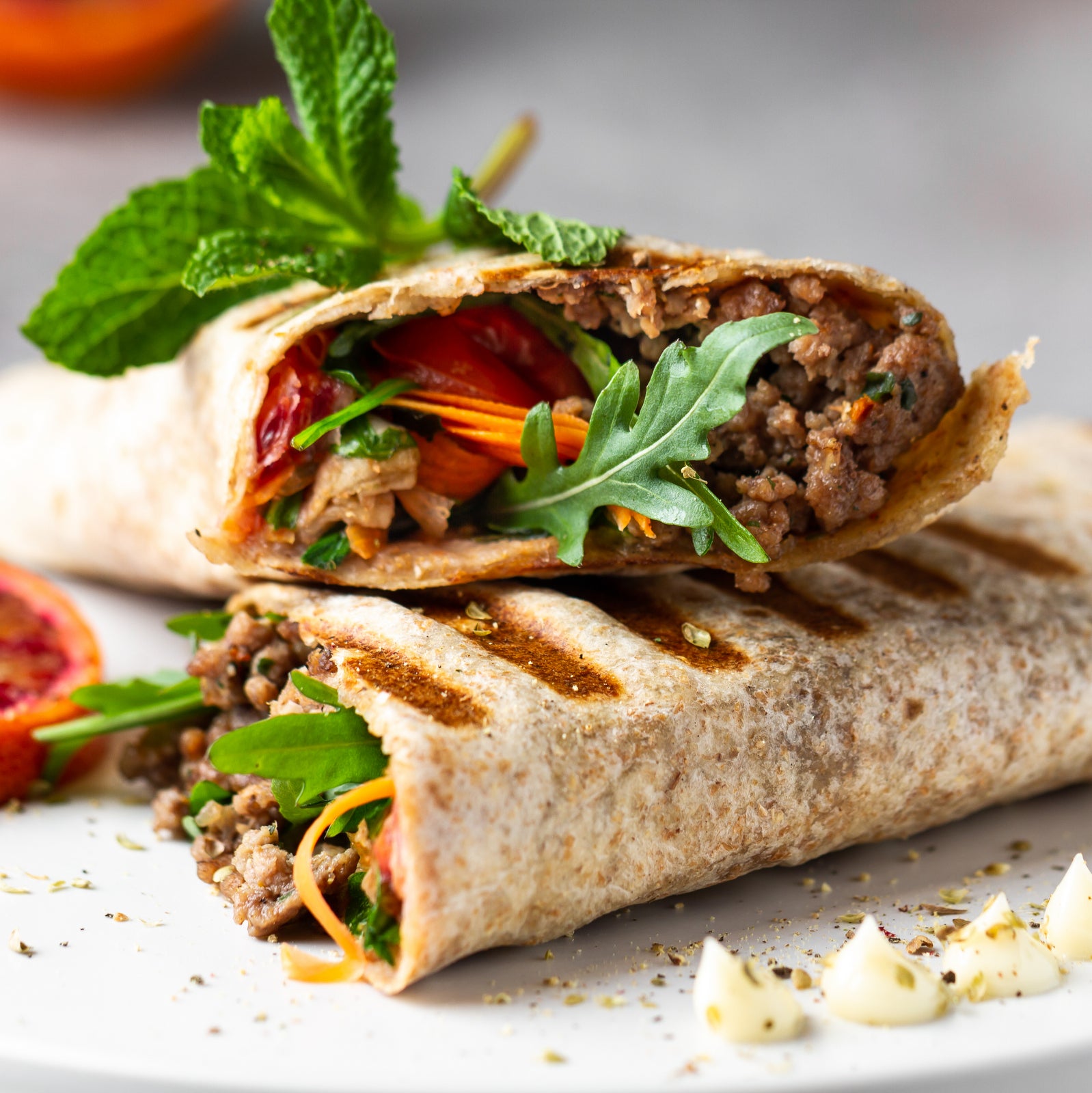What Are Genetically Modified Foods?
Genetically modified foods are products that have been created using genetic engineering technology. Essentially it is extracting genes with specific traits from one organism and putting them into another organism. This technique allows for the creation of new organisms with artificially introduced traits.
All living things from humans to microbes have genes that they have inherited over countless generations. However, it isn’t guaranteed that genes will be passed down unchanged. It's possible that different genetic traits will mutate, but this is a natural process, not an artificial one.
On the other hand, genetic engineering involves people implementing immediate changes to suit their needs. For example, if Plant A has a strong resistance to a certain pest, and Plant B has a vulnerability to that same pest, the common solution to protect Plant B would be to spray it with pesticide. However, pesticides have been identified as a cause of many health and environmental problems.
For that reason, genetic engineering appears to provide a straightforward solution of applying Plant A’s resistant trait to Plant B, thus eliminating the need for pesticides, reducing costs, and likely increasing the crop yield.
Definition and Types of Genetically Modified Foods
Genetically modified foods are any foods that have been genetically engineered themselves, or contain genetically modified ingredients. Currently, genetic engineering is almost non-existent in Japanese agriculture. Therefore, most genetically modified foods in Japan have been imported from overseas. There are also many cases in Japan where Japanese companies import the genetically modified raw materials to use in their own manufacturing.
According to Japan’s Consumer Affairs Agency, the genetically modified crops that Japan targets the most include soybeans, corn, potatoes, rapeseed, cottonseed, alfalfa, sugar beets, papayas, and mustard greens. Among these, soybeans, corn, and potatoes are imported in great quantities and used in a wide variety of products. Soybeans, for example, are used in tofu, natto, and miso - all staples of everyday meals in Japan. Corn is used in snacks, cereals, and oils. Likewise, potatoes are used to make things like chips and starch.
It is mandatory to clearly display the inclusion of genetically modified agricultural products on such items in Japan.
Safety of Genetically Modified Foods
In Japan, the Ministry of Health, Labour, and Welfare has established regulations for the importation, distribution, and cultivation of genetically modified organisms (including crops). Only foods that have been pre-approved and are scientifically confirmed to be safe are allowed to be used. This is based on the Food Sanitation Act and the Food Safety Basic Act. Considering this, we can say that the genetically modified foods in Japan are generally considered safe.
Safety Values in Countries around the World
Around the world, each country has its own standards and values when it comes to safety. For example, in the world’s largest producer of genetically modified organisms – the United States of America – the safety of genetically modified products is confirmed by the Food and Drug Administration (FDA) based on the Federal Food, Drug, and Cosmetic Act (FDCA). However, this confirmation check is voluntary and not required by law. While there could be legal consequences for the manufacturer should problems with their products arise, companies are completely free to go without examination.
Across the Atlantic, the number of countries in the EU that can cultivate genetically modified organisms (GMOs) is limited, and the amount that they are producing is on the decline. In addition, representatives from the member nations have been dedicating a lot of time to meet and discuss the safety of GMOs. Despite the extensive time spent in examination, a final verdict on their safety does not seem forthcoming.
Problems with GMOs
Although Japan performs safety checks on the genetically modified food products in circulation, there’s still a vocal part of the population that says, “I don’t want to put that stuff in my body,” so let’s dive into why that is.
Pros and Cons
Recently, a large number of new crops have been created by way of selective breeding or cross breeding. New varieties of rice, strawberries, apples, and pears have all been released in recent years. However, because the desirable traits must be passed down from one generation of crops to the next, this process of crossing different varieties of crops to create new kinds takes considerable time and effort.
Genetic engineering aims to accomplish a similar goal, but the fact that the changes to the crops are made within such a short time frame makes a big difference. If you can make a new crop quickly, you’re also able to cut costs. If the crop is easy to cultivate, you can also save raw materials and have an easier workload. As a result, production will increase. Typically, those who support the production of genetically modified products will use these arguments to display the advantages of genetic engineering.
On the other hand, those against genetic engineering say that there must be a natural passage of time in order to ensure the safety of the food. Others doubt that genetic engineering is truly safe at all and think that such disturbance of the natural ecosystem could harm the environment.
Health Concerns
One of the main health concerns with this process of genetic engineering is introducing things never before seen in the natural world that could cause allergic reactions. Currently there haven't been any extreme problems or damage to our health, but there is a real possibility that severe allergic reactions could happen in the future if a new product is created and it proves incompatible with our bodies. Allergies are not the only health concern either. There is simply no way of knowing what health problems could arise from consuming newly created substances.
The Spread of Genetically Modified Products
In Japan, crops with low domestic supply such as soybeans and corn are imported in large quantities and used to manufacture various kinds of food products, as well as feed the domestic livestock that may become our food later.
Soybeans are imported from countries like America, Brazil, and Canada with an estimated 95% of them being genetically modified. Corn is imported largely from America, Brazil, and Argentina with the estimated amount of genetically modified corn being 91%.
Production of Genetically Modified Crops around the World
Looking outside of Japan’s borders, the area used for the cultivation of genetically modified crops in 2019 was around 190 million hectares (470 million acres). Although it decreased about 1% from the previous year, that is still 43 times bigger than the entire agricultural area of Japan.
The largest producer was America, followed by Brazil, Argentina, and Canada, with soybeans and corn making up about 80% of that genetically modified crop cultivation area.
In Conclusion – GMOs Going Forward
Looking at all these facts, it’s safe to say that even in Japan, GMOs have become widespread. Even if we try to avoid them, we often end up consuming them without knowing. While Japan has a clearly defined system for checking the safety of these products, many unknowns remain about the lasting impact on our health. In the times ahead, it may become increasingly important to consider what we put in our bodies, and to adopt an attitude of choosing safe food.
Disclaimer: Please note that while our explanations are correct, they are simplified for brevity and understanding. We encourage you to do further research on the topic.






















